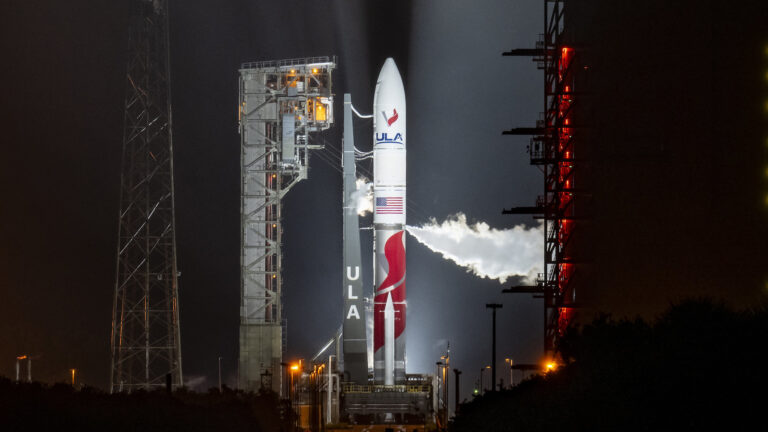
ULA’s chief executive still harbors an ambition for regaining some of the same capabilities promised by ACES.
“What we are looking to do is to extend that by orders of magnitude,” Bruno said. “And what that would allow us to do is have a in-space transportation capability for in-space mobility and servicing and things like that.”
Space Force leaders have voiced a desire for future spacecraft to freely maneuver between different orbits, a concept the military calls “dynamic space operations.” This would untether spacecraft operations from fuel limitations and eventually require the development of in-orbit refueling, propellant depots, or novel propulsion technologies.
No one has tried to store large amounts of super-cold propellants in space for weeks or longer. Accomplishing this is a non-trivial thermal problem, requiring insulation to keep heat from the Sun from reaching the liquid cryogenic propellant, stored at temperatures of several hundred degrees below zero.
Bruno hesitated to share details of the experiments ULA plans for the Centaur V upper stage on Friday’s test flight, citing proprietary concerns. He said the experiments will confirm analytical models about how the upper stage performs in space.
“Some of these are devices, some of these are maneuvers because maneuvers make a difference, and some are related to performance in a way,” he said. “In some cases, those maneuvers are helping us with the thermal load that tries to come in and boil off the propellants.”
Eventually, ULA would like to eliminate hydrazine attitude control fuel and battery power from the Centaur V upper stage, Bruno said Wednesday. This sounds a lot like what ULA wanted to do with ACES, which would have used an internal combustion engine called Integrated Vehicle Fluids (IVF) to recycle gasified waste propellants to pressurize its propellant tanks, generate electrical power, and feed thrusters for attitude control. This would mean the upper stage wouldn’t need to rely on hydrazine, helium, or batteries.
